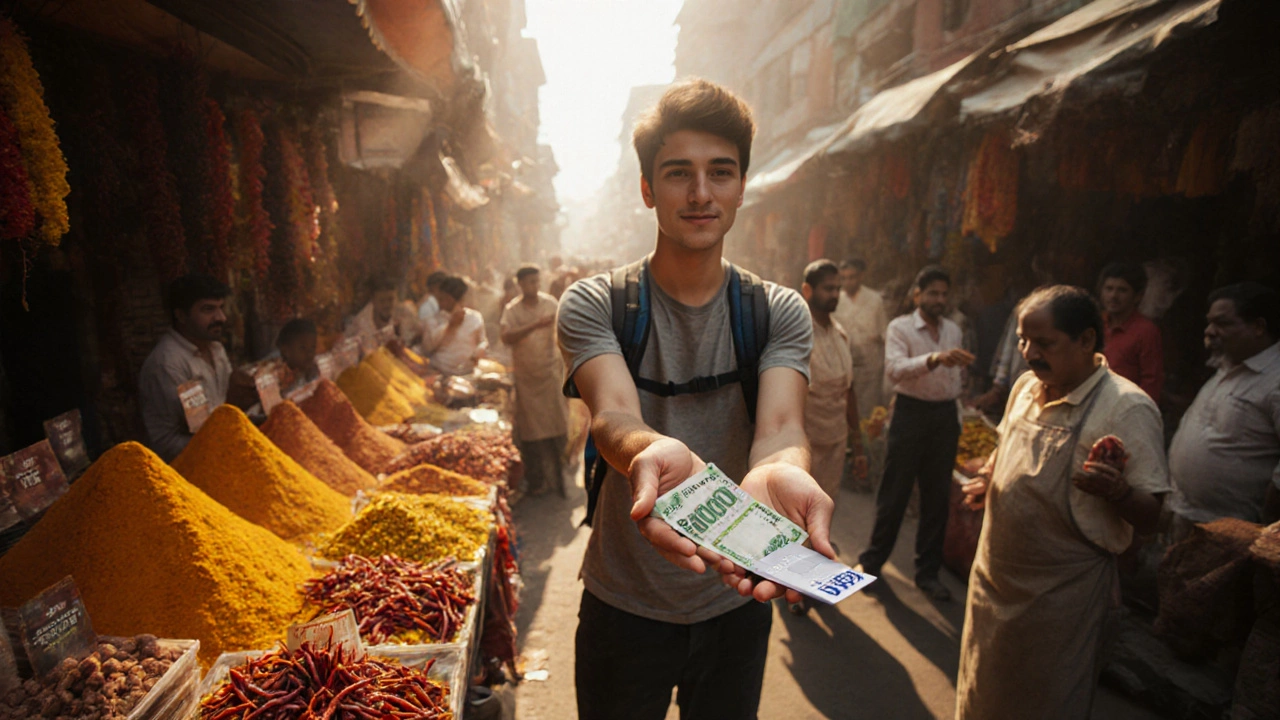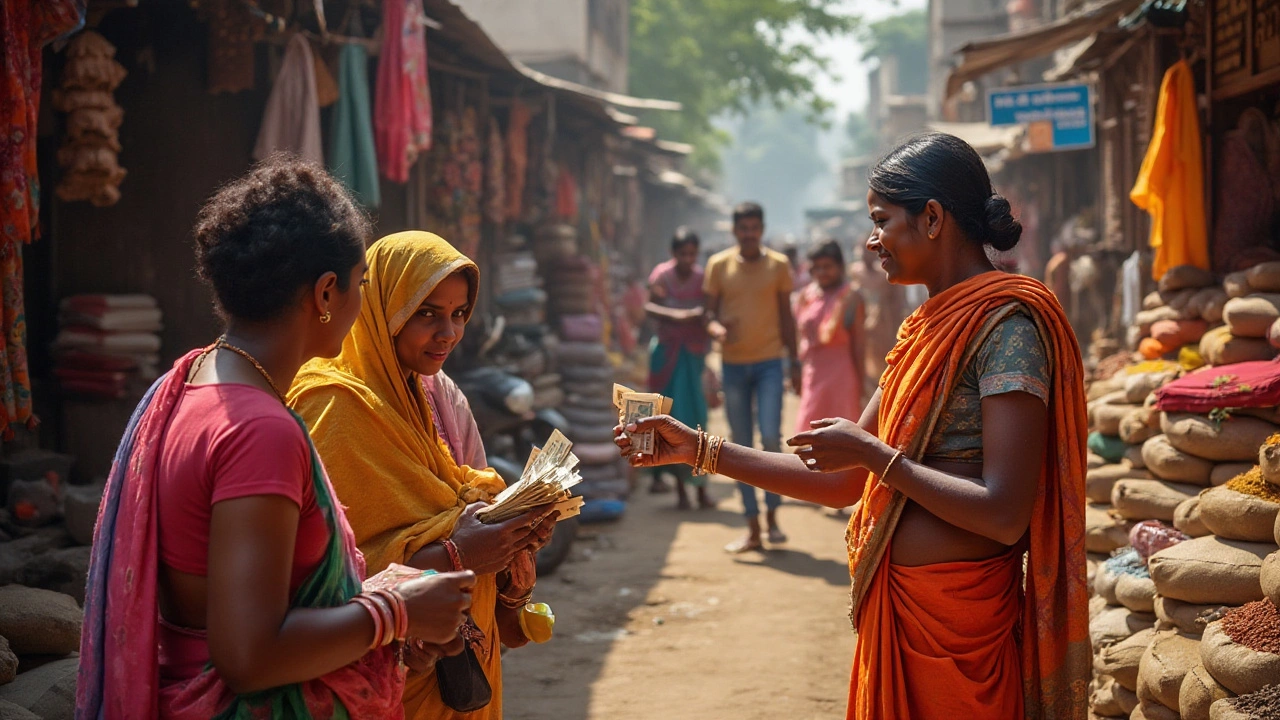Travel Money India: How to Manage Cash, Cards, and Costs Across India
When you’re traveling in India, a country where cash still rules in small towns and digital payments are booming in cities. Also known as the Indian subcontinent, it’s a place where your wallet strategy can make or break your trip. You can’t just show up with a single credit card and expect everything to work. Travel money India isn’t one-size-fits-all. In rural Rajasthan, you’ll need rupees in hand. In Mumbai, you might pay for a ride with UPI. In Goa, some beach shacks take dollars—but they’ll give you change in cash, not cards.
Most travelers get caught off guard by how much cash they need. ATMs are common in cities, but they often run out in hill stations or during festivals. The Indian rupee, the official currency of India, used in every state from Kerala to Kashmir. Also known as INR, it’s not easily exchanged outside India, so bring USD or EUR and convert locally. Avoid exchanging money at airports—rates are terrible. Instead, use bank ATMs or licensed money changers in city centers. Always check the note condition—torn or faded bills get refused even in small shops.
Card acceptance is growing fast, but it’s not universal. Visa and Mastercard work in hotels, big restaurants, and chain stores. But local dhabas, temple gift shops, and auto-rickshaws? Cash only. Apple Pay and Google Pay don’t work unless you have an Indian bank account. That’s where UPI, India’s real-time payment system that lets people send money with a phone number or QR code. Also known as Unified Payments Interface, it’s used by over 300 million Indians daily comes in. Tourists can’t use UPI directly, but some apps like Paytm allow foreign cards to load digital wallets. Still, don’t rely on it. Always carry at least ₹5,000 in cash for emergencies.
Travelers often overspend on currency fees. Use a no-foreign-transaction-fee card like Revolut or Wise to withdraw cash from ATMs. Avoid dynamic currency conversion—the option to pay in dollars at the ATM. It’s a scam. Also, keep small bills. A ₹2,000 note is useful for taxis, but you’ll struggle to break it at a ₹10 chai stall. Pack ₹100, ₹50, and ₹20 notes like you’re preparing for a flea market. And never carry all your cash in one place. Split it between your pocket, hotel safe, and hidden pouch.
What you’ll find in these posts isn’t just theory—it’s what real travelers learned the hard way. From how much to withdraw at the Delhi airport to why your credit card got declined at a temple in Varanasi, these guides cut through the noise. You’ll see exactly where cash wins, where cards save you time, and how to avoid getting ripped off by exchange kiosks. Whether you’re backpacking through the Himalayas or staying in a luxury resort in Goa, your money game needs to match the region. Let’s get you covered—without the stress.

